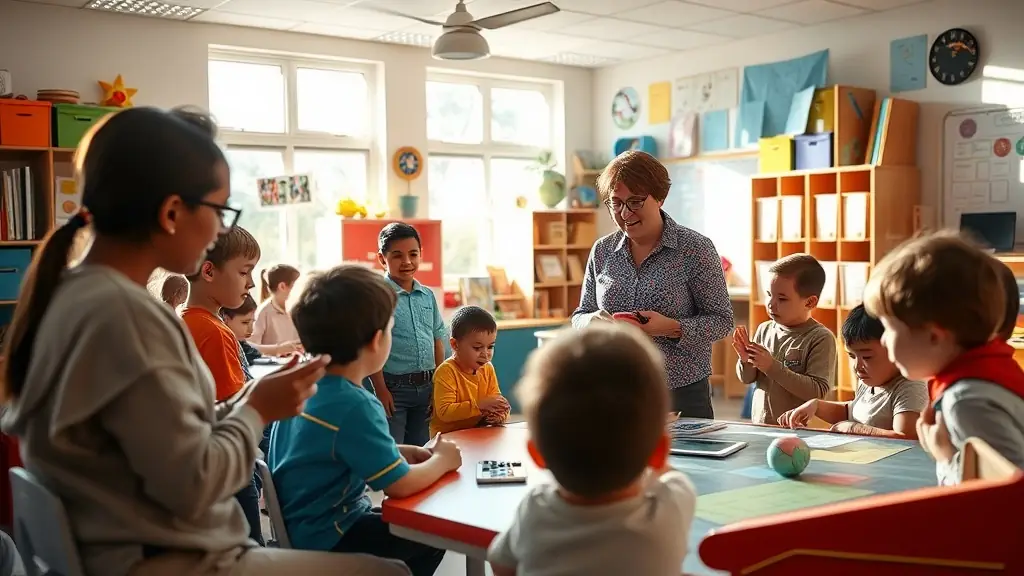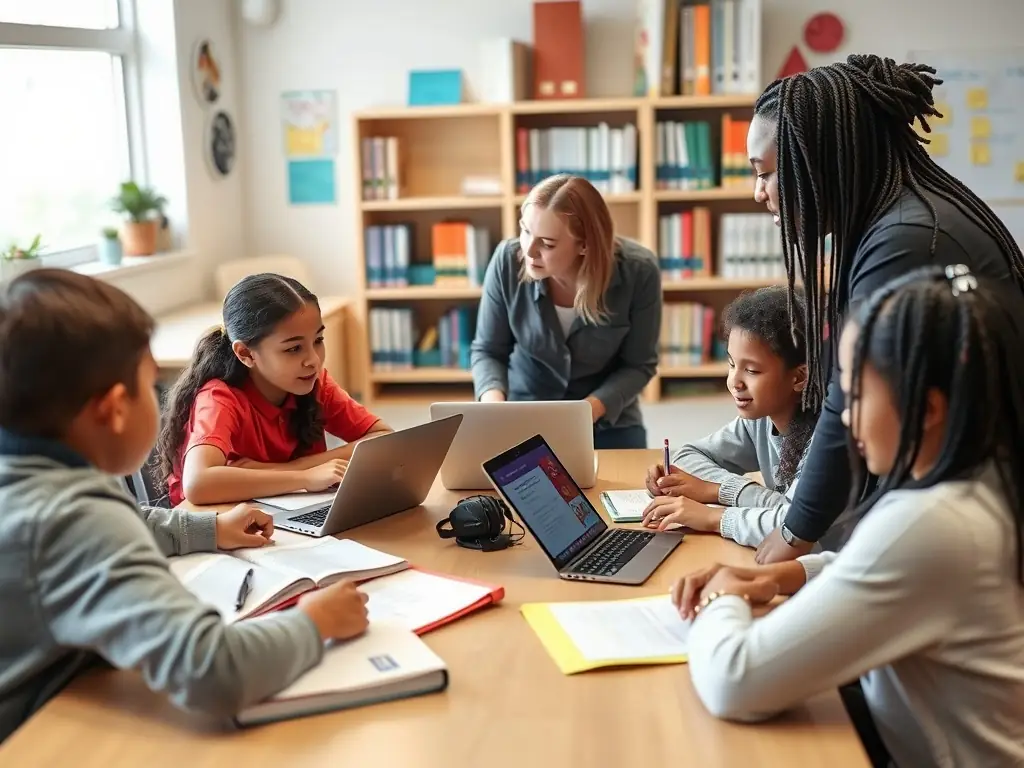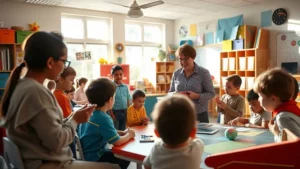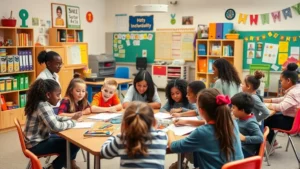In today’s rapidly changing educational environment, innovative teaching strategies are essential for engaging students and fostering a love for learning. One effective approach is project-based learning, which encourages students to explore real-world problems and develop solutions collaboratively. This method not only enhances critical thinking skills but also promotes teamwork and communication among students. By working on projects that interest them, students are more likely to remain motivated and invested in their learning.
Another strategy gaining popularity is the flipped classroom model, where traditional teaching methods are reversed. In this model, students learn new content at home through videos or readings and engage in hands-on activities during class time. This approach allows educators to provide personalized support and address individual learning needs more effectively. As a result, students can take ownership of their learning and progress at their own pace.
Additionally, incorporating social-emotional learning (SEL) into the curriculum is becoming increasingly important. SEL focuses on developing students’ emotional intelligence, self-awareness, and interpersonal skills. By integrating SEL into daily lessons, educators can create a more supportive and inclusive classroom environment. Ultimately, these innovative teaching strategies not only enhance student engagement but also prepare them for success in an ever-changing world.




